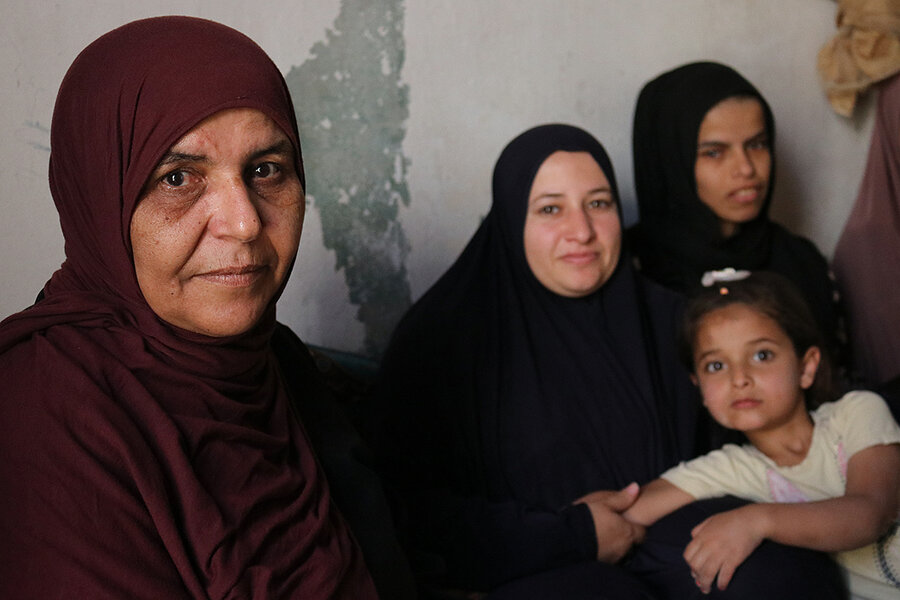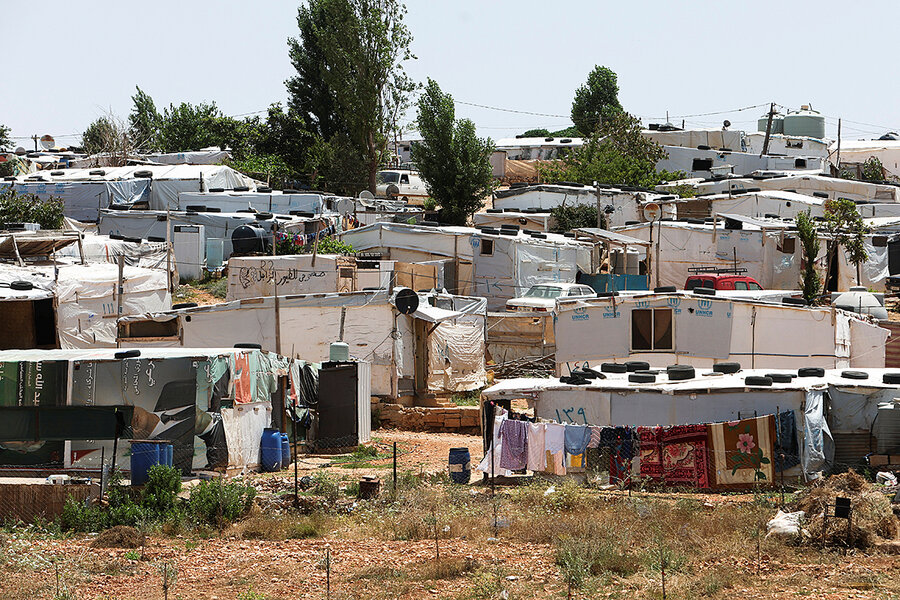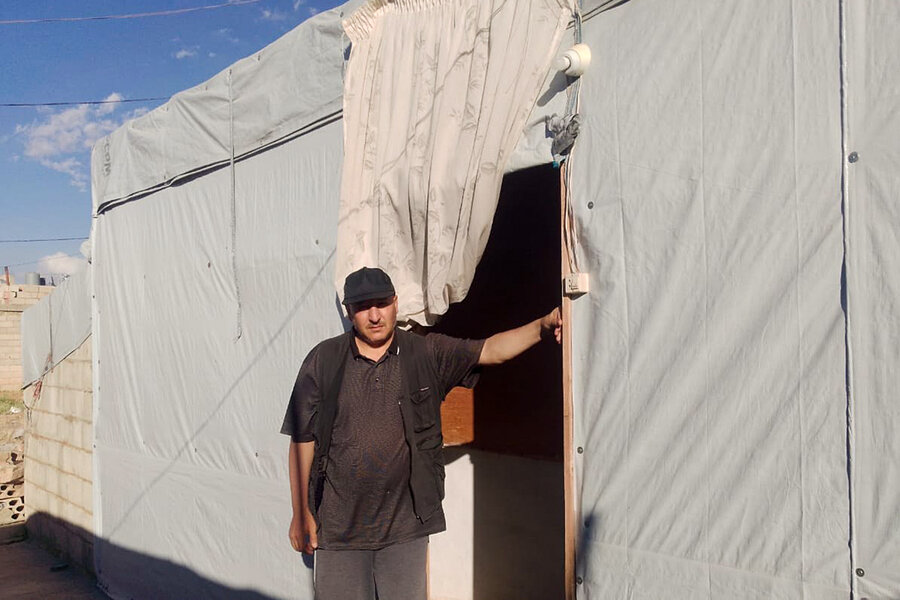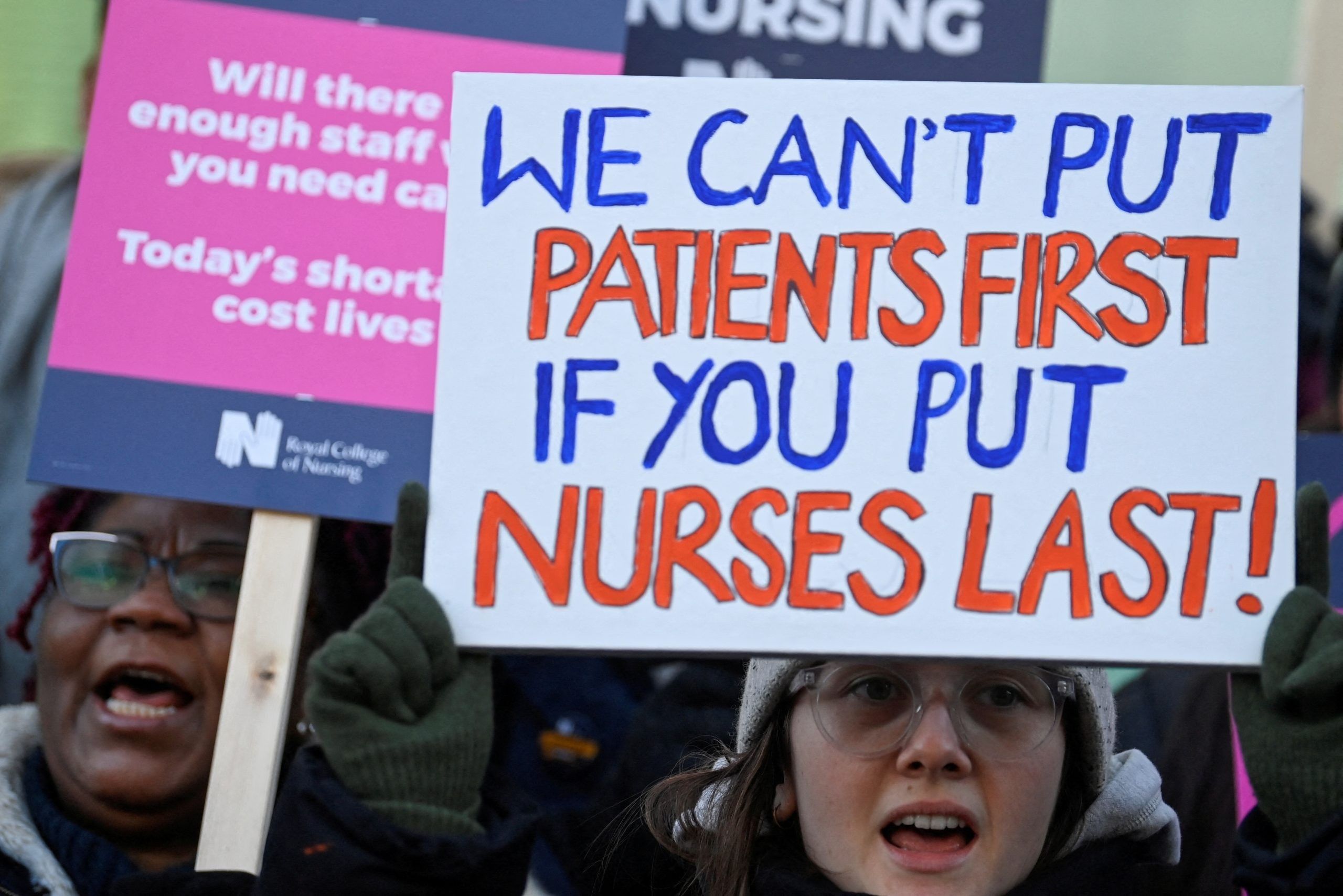By Eli Masket, CNN
Tue June 27, 2023

Salvatore Del DeoRomolo Del Deo
CNN —
Salvatore Del Deo is a 94-year-old artist and Korean War Veteran who has made a dune shack in Provincetown, Massachusetts, his part-time home for the past 77 years.
“Frenchie’s Shack,” named for Del Deo’s friend who built the rustic dune dwelling in 1942, is where the nonagenarian has spent part of the year since 1946, according to his son, and it’s where he thought he would spend the rest of his life.
Those plans might change.
Salvatore received an eviction notice from the National Park Service in March. The land the shack sits on became federal property in the 1960s, and arrangements made with Jeanne “Frenchie” Chanel, the shack’s original owner, have since expired, according to the park service.
“Mr. Del Deo has been occupying the property without a permit since the passing of the individual who held a life estate for use of that dune shack. We have worked with Mr. Del Deo to grant him additional time to make necessary arrangements to vacate the dune shack,” the National Park Service said in a statement.

Frenchie's ShackTatianna Del Deo
The eviction notice came as a shock to the Del Deo family, said Romolo Del Deo, Salvatore’s son. “I responded to the park and explained to them that this was first of all horrible policy and secondly an error,” Romolo told CNN in a phone interview. He says Chanel willed the property to his family years ago.
Salvatore’s dune shack is one of more than a dozen such small dwellings on the Cape Cod National Seashore, which has a long and storied history as a home for activists and artists, said Romolo.
Salvatore has deep ties within Provincetown, including his founding of two local restaurants, Sal’s Place and Ciro & Sal’s, and his late wife was active in preserving the historic shacks.
Salvatore was originally ordered to vacate the property in 30 days. But with the help of family friend Michela Murphy, whose family now owns Sal’s Place, the Del Deos were able to extend the eviction notice by 60 days, until June 27, Murphy said.
Dune shacks for lease
The eviction notice came shortly before the National Park Service announced a leasing program for eight other dune shacks.
The park service has opened those eight historic properties to 10-year lease proposals, according to their website, and moved to make them available to new prospective occupants – a plan that has earned criticism from some locals. Lease proposals can be submitted through July 3, according to the National Park Service announcement.
“Federal regulation requires that the lessee pays, at minimum, fair market value rent,” the park service website says.
The shack occupied by Salvatore was not part of the eight shacks offered up to the public for lease by the park service, which frustrated his son.
“Our shack was not even on the list of properties that we could bid on presently,” said Romolo. But the property is likely to be offered for lease by park service in the future.
“What the park service seemed to be doing was attempting a kind of coup d’état,” said Romolo. “They were going to uproot the oldest continuous family living on the dunes and disconnect them from the community, and then later on evict everybody else.”

Frenchie's ShackTatianna Del Deo
In the 1960s, the land that makes up the Cape Cod National Seashore became federal property. The tenants were granted a variety of lifetime leases, according to the park service, which now owns 18 shacks.
“When the land became federal property in the 1960s, tenants of the shacks were granted a variety of lifetime estates, either through the current occupant’s lifetime or the lifetime of their children,” the park service said in a statement.
One of these tenants was Frenchie Chanel. According to Romolo, she attempted to pass ownership of the dune shack to the Del Deo family upon her death in 1983. The transfer of the property to the Del Deo family has not been acknowledged by the park service, Romolo said.
In a use plan for the historic dune shacks published by the park service in 2011, the Chanel shack is listed with a “Reservation” that extends through the “life of daughter.”
Romolo said the shack was passed to one of Chanel’s daughters, who left Provincetown more than a decade ago and recently passed away, likely prompting the park service to question the shack’s occupancy.
The remaining members of the Chanel family have no issue with Salvatore’s occupancy of the shack, Romolo says.
A long history on the dunes
Many of the shacks date back decades before the dunes became part of Cape Cod National Seashore.
Salvatore has spent part of nearly 80 consecutive years on what is now the Cape Cod National Seashore, except for his military service in Korea and during colder months, when the shacks become essentially uninhabitable.
Salvatore and Josephine maintained the shack over the years, and at one point even rebuilt it after a severe storm.
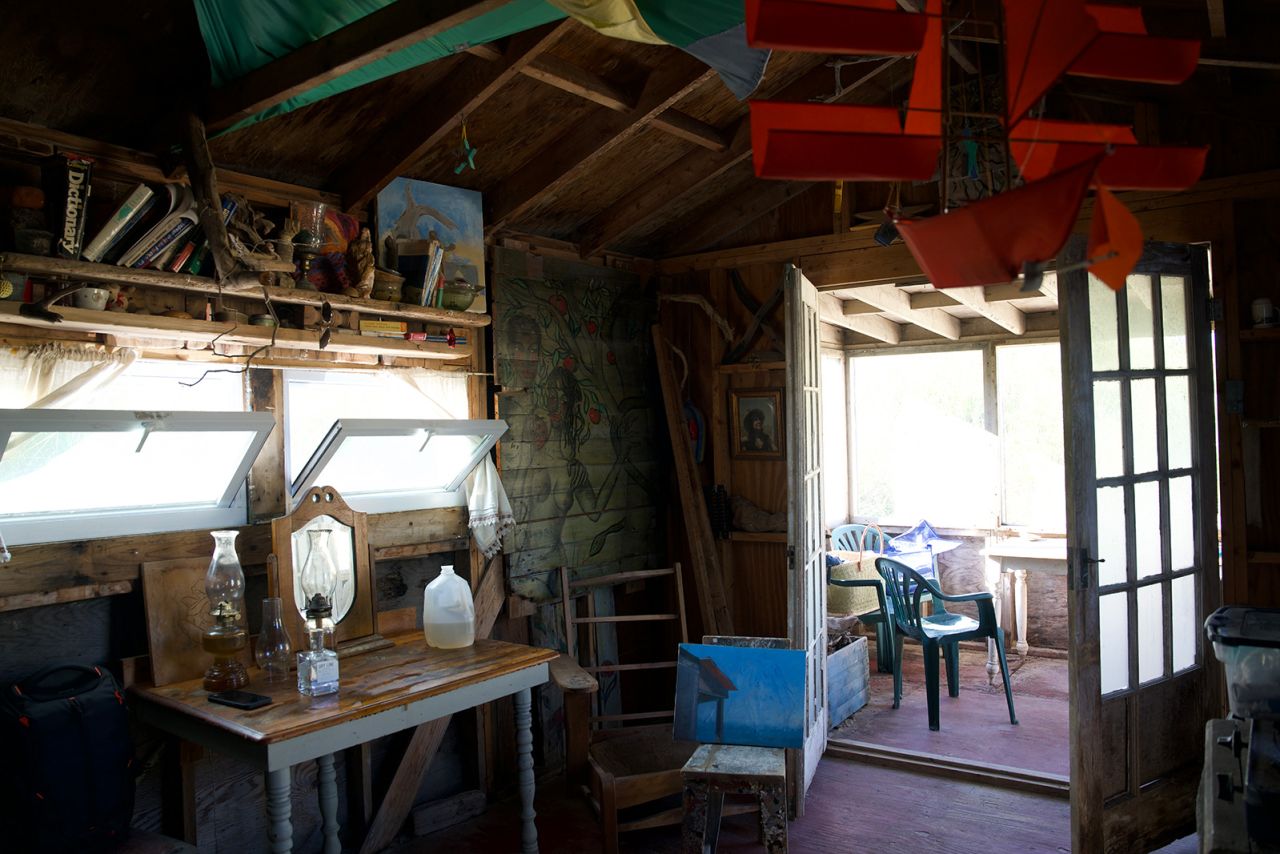
Frenchie's Shack interior.Tatianna Del Deo
“In the 1970s, the original shack that Frenchie built was nearly destroyed, so we built, essentially, a superstructure, and rebuilt the entire shack,” said Romolo. Park service documents make note of the Del Deo rebuild in 1976.
Josephine, who died in 2016, is known locally for her efforts in maintaining the shacks and establishing the seashore as a park.
At one point, the dune shacks were under threat of being destroyed by the government, but Josephine, along with other activists, helped to get them registered as historic places so they would not be demolished, Romolo said.
When the park service issued the eviction notice, Romolo said his family felt “betrayed.”
Organizing against eviction
Michela Murphy, the Del Deo family friend, started an online petition to halt the eviction, which now has over 10,000 signatures.
“He is going to be 95 in August. Giving him a lifetime lease is not a huge commitment from the park service,” Murphy told CNN in a phone interview.
Romolo said he was surprised by the amount of support his family has received. “It’s not like this is my circle of friends,” said Romolo.
US Rep. Bill Keating shared a letter on social media requesting that Salvatore be allowed to maintain his residence in the shack. Massachusetts Sen. Edward Markey and Sen. Elizabeth Warren were listed as co-signers.
“Even where the transfer of a lifetime lease to another party may not be possible, we respectfully request that the National Park Service consider all available options to legally allow Mr. Del Deo to reside in Frenchie’s Shack,” said the letter.
Protesters gathered near the shacks on June 15, the day that the park service scheduled for prospective tenants to visit the properties, though Salvatore’s shack was not up for lease. According to Murphy, due to high demand, the visits had to be spread out over eight days.

Salvatore Del Deo
Murphy said that the shacks had been portrayed “like a vacation rental,” which she believes is inaccurate.
“They didn’t mention that there have been families that have been living here for generations and maintaining it,” said Murphy. “The only reason that these shacks were able to stand against the sand for so many years is because these people stood for them.”
Romolo believes that the leasing program is misguided and that even well-intentioned wealthy lessees would not be able to successfully maintain their shacks in the harsh winters or connect to the community.
“This is a piece of American history and culture,” said Romolo.
The Del Deo family would be willing to negotiate, said Romolo, and would be willing to pay annual fees, so long as the family is allowed to retain the shack.
“Nobody’s committed a crime, nobody’s violated anything, we’re just doing what we’ve always done before the park existed,” Romolo said.
The Del Deo family will host a sit-in at the shack from 10 a.m. to 6 p.m. ET Tuesday, the day of the eviction deadline.
“Let him live out his days there,” said Murphy.




:quality(70)/cloudfront-eu-central-1.images.arcpublishing.com/thenational/7IX36TDKA3ALO6I6QKUSSZSRZI.jpg)
:quality(70)/cloudfront-eu-central-1.images.arcpublishing.com/thenational/6X5RWIKIB2BHEJOIZXFNG5HLNM.jpg)
